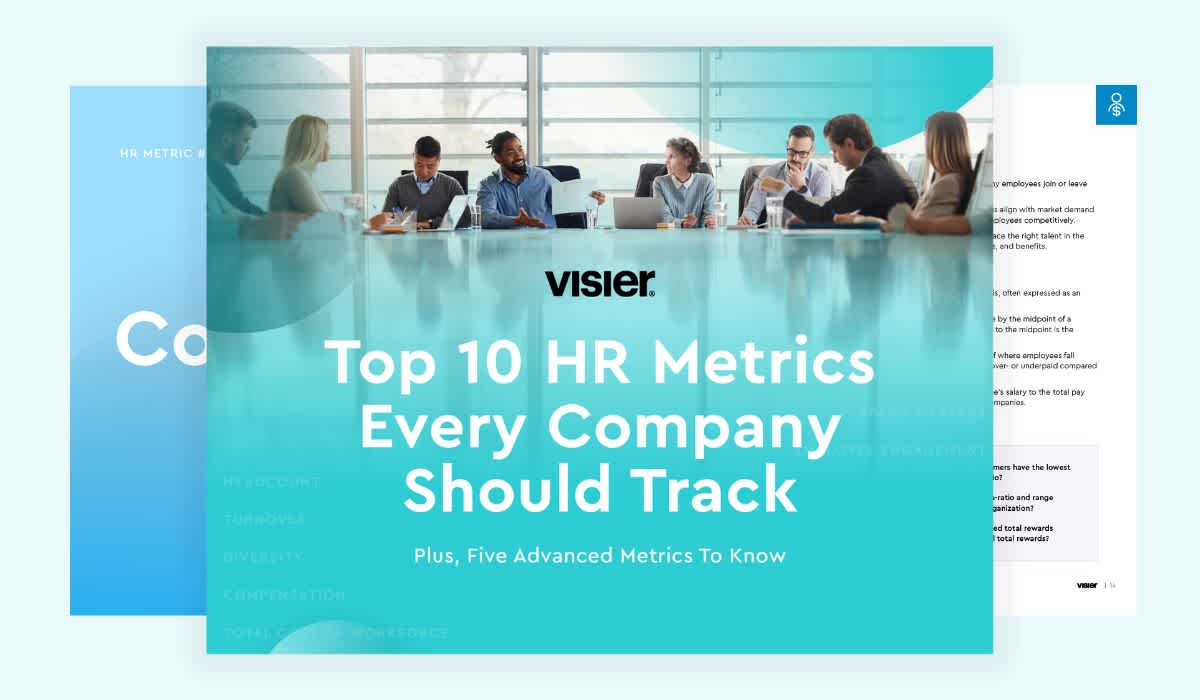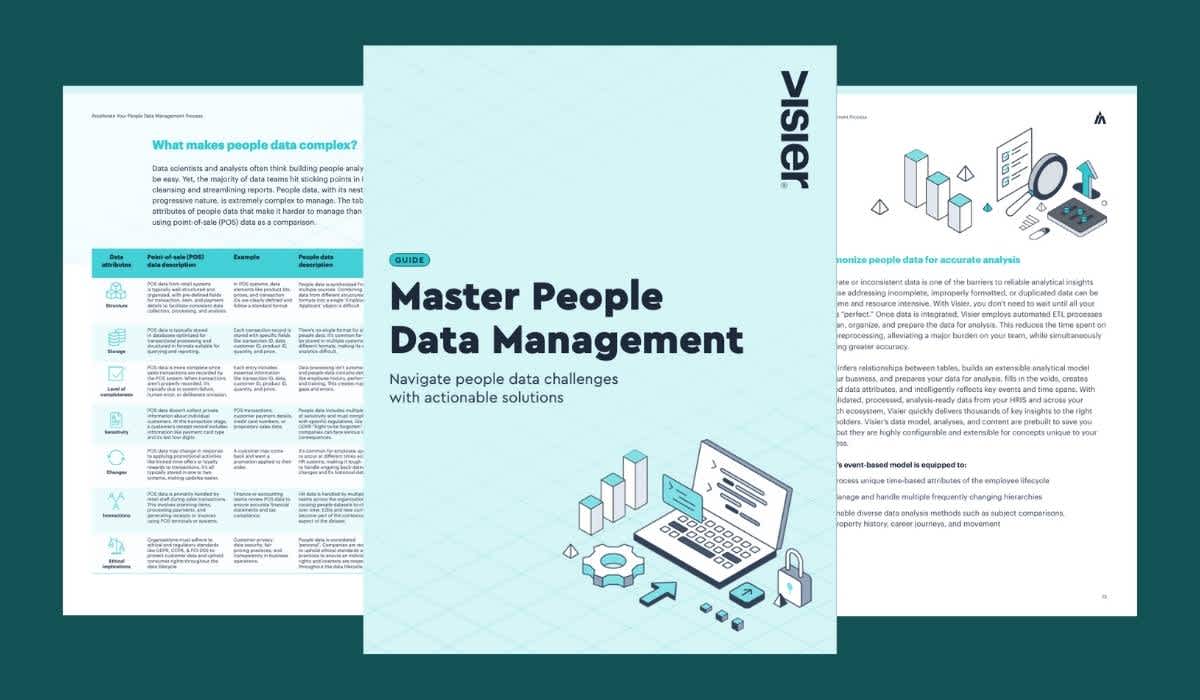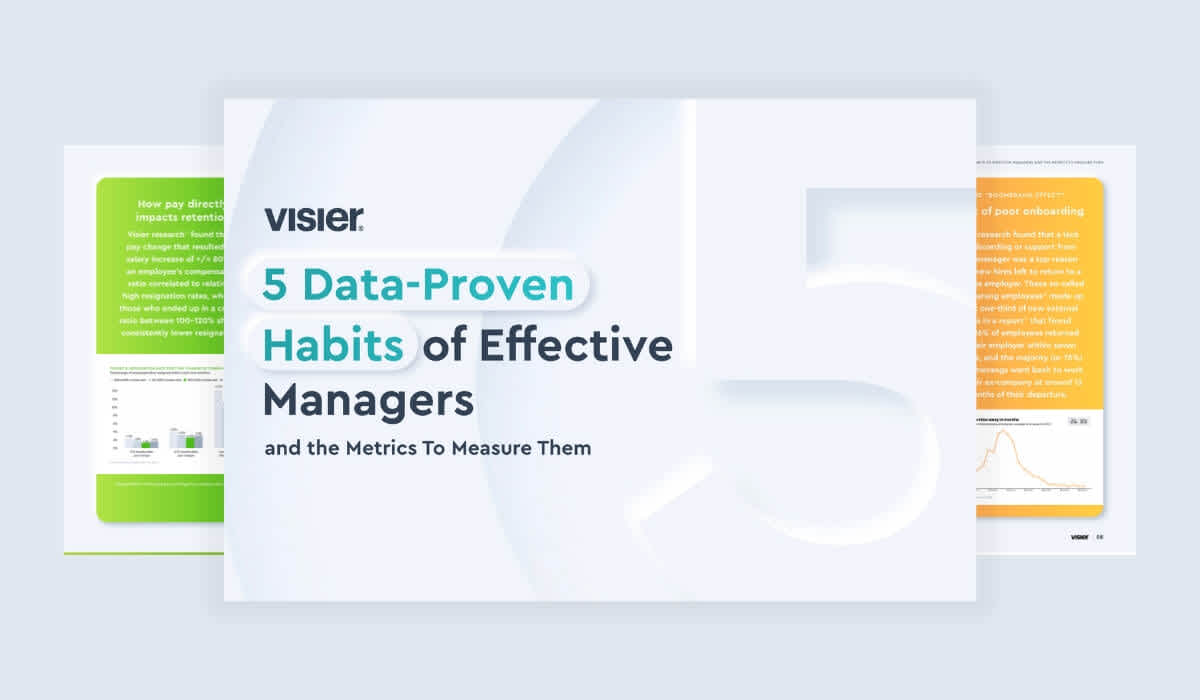People Analytics Maturity Linked to Better Financial Performance, Research Shows
New research shows the causal link between people analytics and improving the business performance of enterprise organizations.

In Visier’s new People Analytics Maturity Survey Report for 2023, we found that Visier customers are continuing to realize big returns on their Investments in people analytics. They financially outperform benchmarks for Return on Assets and Profitability, and are able to serve more than twice the amount of employees than non-Visier customers using other people analytics solutions.
Read on for some of the highlights and download the full report for all the details.
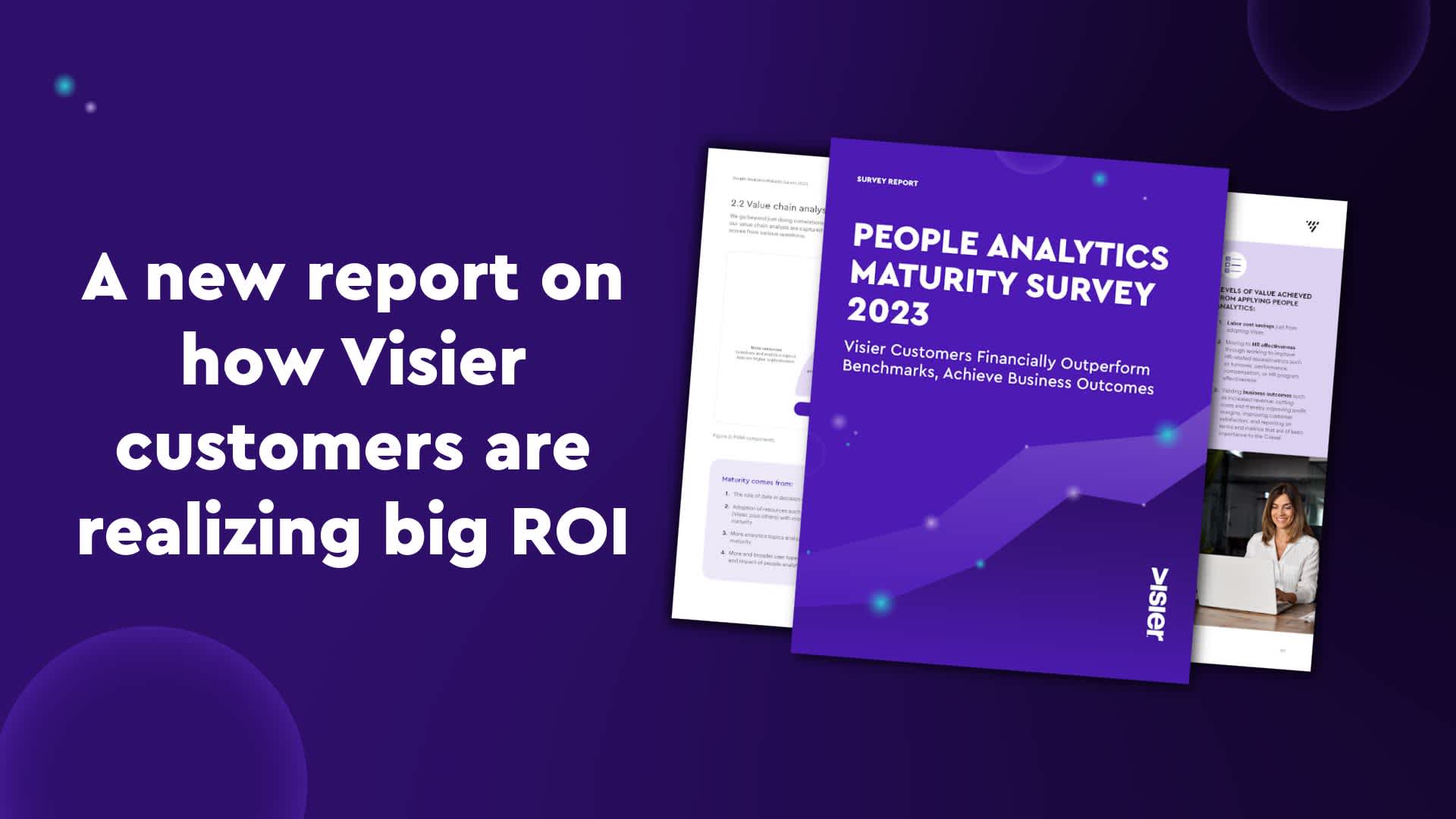
Download the new People Analytics Maturity Survey for 2023 to learn how customers are realizing significant ROI on their people analytics investment.
Since we conducted our last People Analytics Maturity Survey in 2021 we've found that Visier customers remain on a journey to ever-increasing value realized through:
Labor cost savings
HR effectiveness through improving metrics related to turnover, performance, and compensation
Yielding significant business outcomes such as increased revenue, improved customer satisfaction, and more
For 2023, we conducted a survey of 115 customer organizations representing 3.4 million employees to determine how and if Visier customers continue to advance their people analytics practices and to provide guidance so those newer to people analytics can learn from those who have more experience. The new report contains the results.
Visier customers continue to become more advanced

In the three years that we have surveyed customers, we've found that an increasing number are steadily moving from "Emerging" to "Advanced"
We learned that those organizations belonging to the Advanced levels of maturity increased from 43% to 50% since 2021, the date of the last survey.
Levels of people analytics maturity defined:
Emerging - 50% of Visier customers
Manual: Paper or spreadsheet-based, non-standardized, and/or reactive
Efficient: Transaction/report/dashboard-focused
Advanced - 50% of Visier customers
Effective: Strategically focused beyond simple reports and metrics, aligned, best practice
Transformational: Unique, stands above others, contributes to competitive advantage financially and as an employer of choice
Increased business outcome levels of value from people analytics
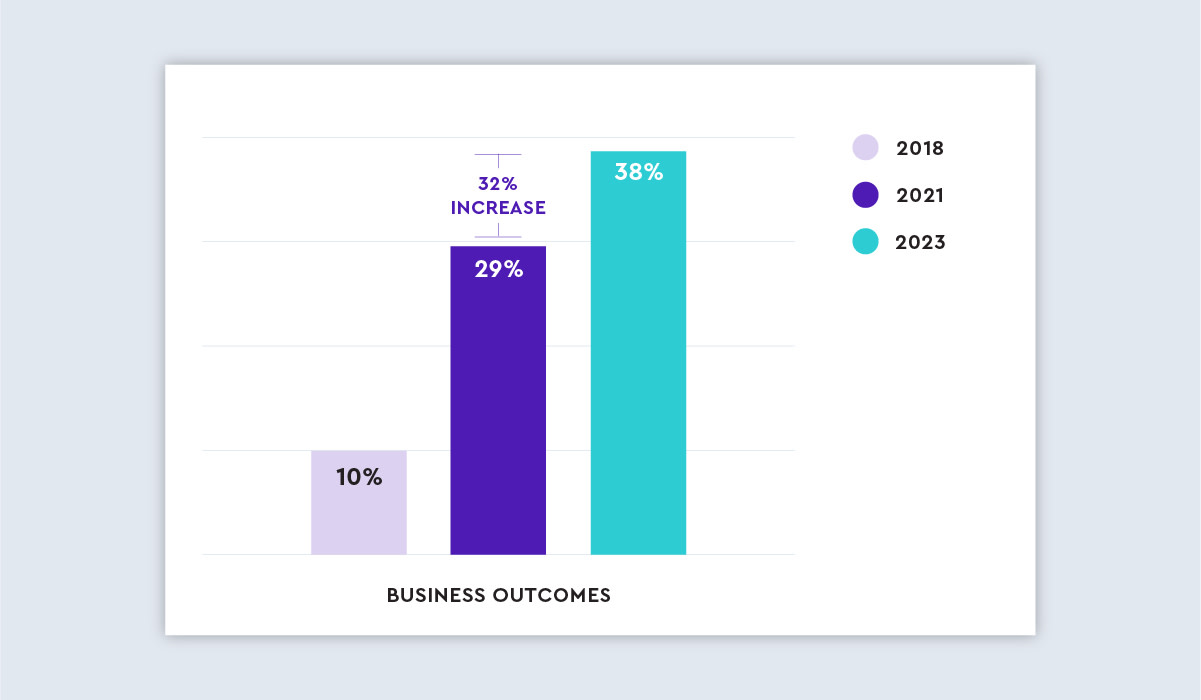
Visier customers increased their achievement of the highest level of value from people analytics in 2023
Our work with customers over the past five-plus years shows they’re on a journey to ever-increasing value, starting with labor cost savings and progressing toward business outcomes—the ultimate destination in which people analytics impacts the business at scale. In 2023, we saw a 32% increase in those achieving the business outcome level of value. Here is the breakdown of what that means:
Levels of value achieved from applying people analytics
Labor cost savings just from adopting Visier.
Moving to HR effectiveness through working to improve HR-related issues/metrics such as turnover, performance, compensation, or HR program effectiveness.
Yielding business outcomes such as increased revenue, cutting costs thereby improving profit margins, improving customer satisfaction, and reporting on terms and metrics that are of keen importance to the C-level.
Visier customers financially outperform benchmarks
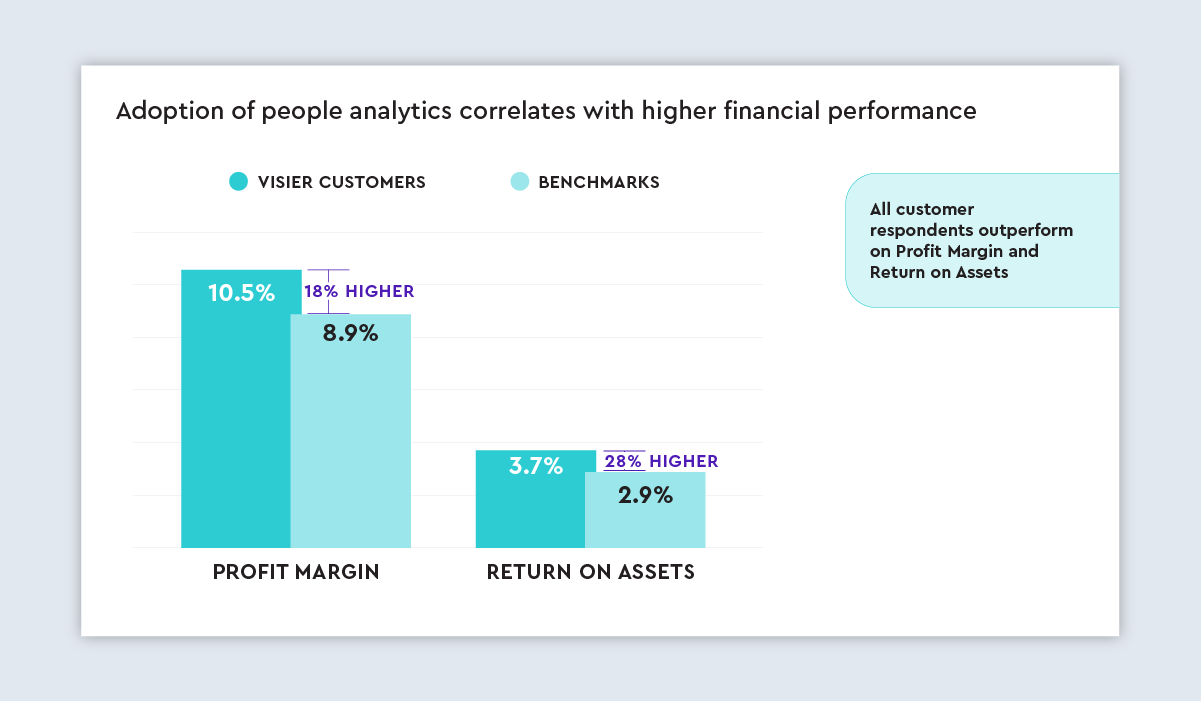
One way researchers often look at value achieved is through simple correlations comparing a set of organizations with technology adoption (such as people analytics) with a benchmark group. In this case, we compared the financial performance of our publicly traded customers that responded to the survey to benchmark data on all organizations for Return on Assets (ROA), an indicator of how profitable a company is relative to its total assets, i.e. how efficient is a company in using its assets to generate earnings; and for Profit Margins, a measure of how much out of every dollar of sales is kept as earnings.
In all cases of maturity, publicly traded Visier customers financially outperform benchmarks for profit margin and return on assets.

What business leaders can do
Today, HR leaders and people managers are facing a perfect storm of challenges related to pay transparency, a difficult labor market, turnover, corporate reporting, attacks on DEIB programs, and the push-pull of determining the best way to work for both employees and employers. People analytics shines a light on how to address all of this—with data-backed insights.
This research proves that organizations with strong people analytics and talent management capabilities see better financial performance than their competitors. Without a robust strategy for people analytics, HR leaders and people managers are missing opportunities for substantial business advantage.
Download the People Analytics Maturity Survey 2023 infographic

On the Outsmart blog, we write about workforce-related topics like what makes a good manager, how to reduce employee turnover, and reskilling employees. We also report on trending topics like ESG and EU CSRD requirements and preparing for a recession, and advise on HR best practices how to create a strategic compensation strategy, metrics every CHRO should track, and connecting people data to business data. But if you really want to know the bread and butter of Visier, read our post about the benefits of people analytics.

